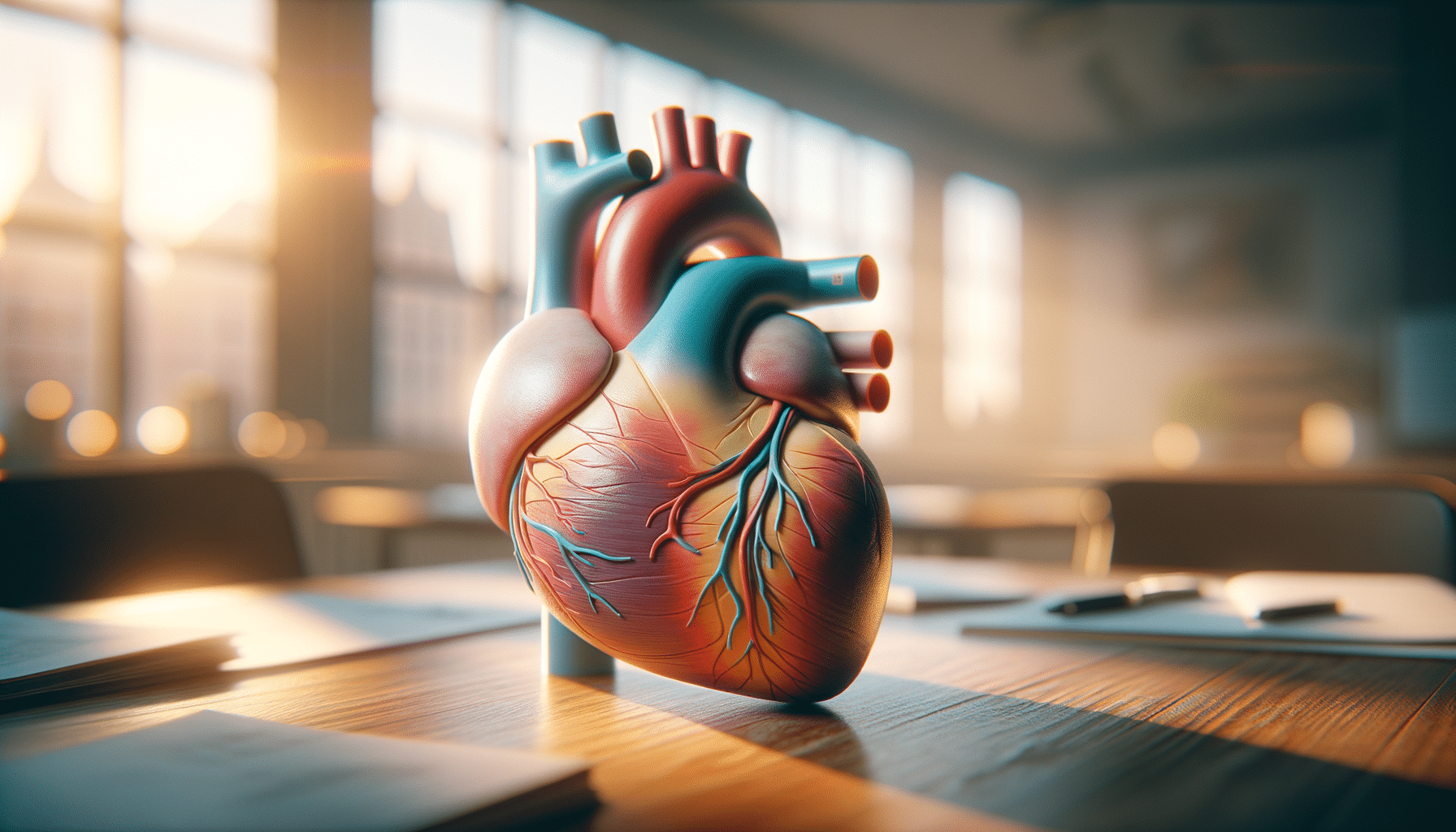
Innovative Treatments for Mental Health Conditions
Introduction to Innovative Mental Health Treatments
Mental health conditions affect millions worldwide, posing significant challenges to individuals and healthcare systems alike. Traditional treatments, while beneficial to many, do not work for everyone. This has spurred a wave of innovation in mental health care, bringing forth new treatments that promise to enhance patient outcomes and improve quality of life. This article delves into some of these innovative treatments, examining their potential and the science behind them.
Neurofeedback Therapy: Harnessing Brainwaves
Neurofeedback therapy is an emerging technique that trains individuals to regulate their brainwave patterns. By using real-time displays of brain activity, patients can learn to alter their brainwaves, leading to improvements in conditions such as anxiety, depression, and ADHD. The process involves attaching electrodes to the scalp to monitor brain activity, which is then translated into visual or auditory signals. Patients receive feedback and are guided to adjust their brainwaves towards healthier patterns. Studies have shown that neurofeedback can be particularly effective for those who have not responded well to traditional therapies.
Psychedelic-Assisted Therapy: A New Frontier
Psychedelic-assisted therapy is gaining attention for its potential to treat various mental health conditions, including PTSD and severe depression. This approach involves the controlled use of substances such as psilocybin or MDMA, accompanied by psychotherapy. Research indicates that these substances can induce profound psychological experiences, leading to significant therapeutic breakthroughs. The therapy focuses on providing a safe environment where patients can explore their consciousness and address deep-seated issues. While still in the research phase, early results are promising, with some patients experiencing long-lasting improvements.
Transcranial Magnetic Stimulation (TMS): Non-Invasive Brain Stimulation
Transcranial Magnetic Stimulation (TMS) is a non-invasive procedure that uses magnetic fields to stimulate nerve cells in the brain. It’s primarily used to treat depression when other treatments have failed. TMS involves placing a magnetic coil near the forehead, which generates magnetic pulses to stimulate targeted brain areas. This stimulation can alter brain activity, leading to improvements in mood and symptoms. Clinical trials have demonstrated the efficacy of TMS, making it a viable option for those seeking alternatives to medication.
Digital Therapeutics: The Rise of Mental Health Apps
With the advent of technology, digital therapeutics have emerged as a convenient and accessible form of mental health treatment. These are software-based interventions that deliver therapeutic content through smartphones or computers. Mental health apps offer a range of services, from cognitive-behavioral therapy exercises to mindfulness meditation guides. These tools empower individuals to manage their mental health proactively. While they are not a replacement for professional therapy, digital therapeutics provide supplementary support, reaching people who may not have access to traditional mental health services.
Conclusion: The Future of Mental Health Care
As our understanding of mental health conditions evolves, so do the treatments available to address them. Innovative therapies such as neurofeedback, psychedelic-assisted therapy, TMS, and digital therapeutics are reshaping the landscape of mental health care. These treatments offer hope to individuals who have struggled with traditional approaches, providing new pathways to healing and recovery. As research continues, the future holds promise for even more breakthroughs, aiming to make mental health care more effective and accessible for all.


